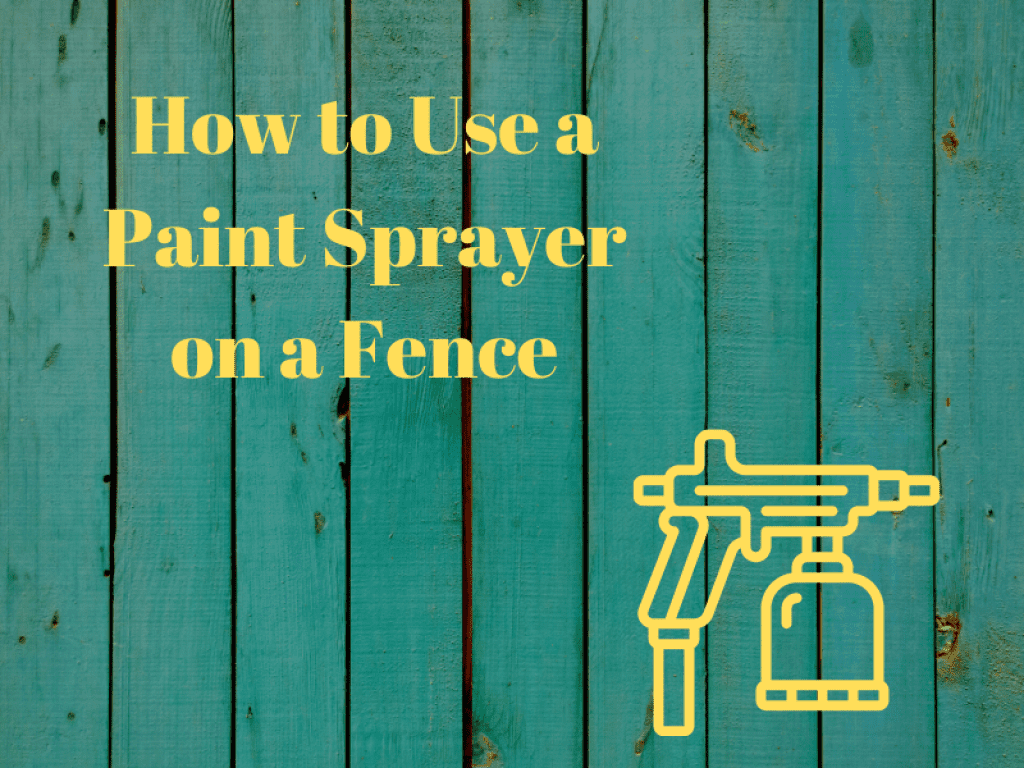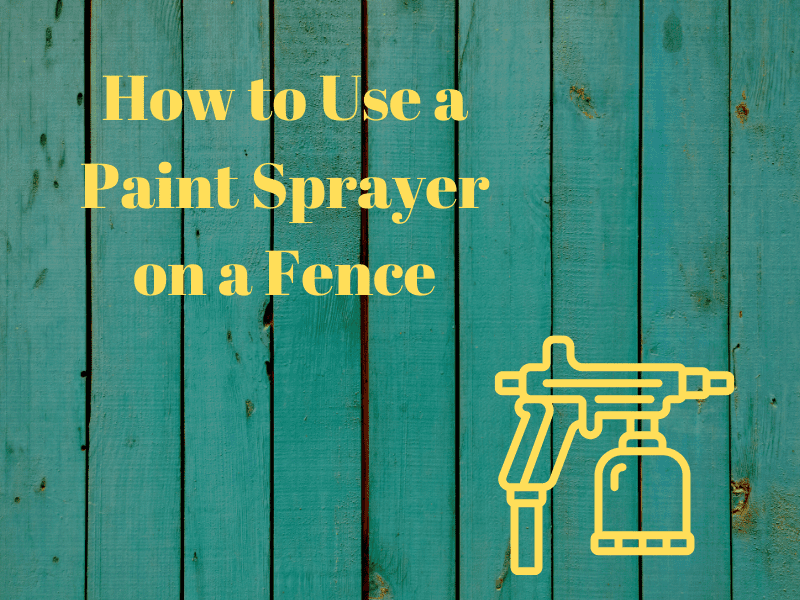Paint sprayers are great for completing projects quickly and professionally. They are handy for large projects such as painting a fence. Spraying a fence is much faster and more efficient than brushing or rolling, and the result is much better. As you read this blog post, I will walk you through using a paint sprayer on a fence step-by-step. You can quickly master the technique and have a beautiful and freshly painted fence in no time with a bit of practice.

Table of Contents
1. Clean the Fence Surface
You must ensure that the fence’s surface is clean before you can paint it with a sprayer. Remove any dirt, grime, or debris from the fence. The best way to remove tough particles is to use a pressure washer. Wear the appropriate safety gear, begin at the top of the fence and work your way down. Once the fence is clean and dry, you can move on to the next step.
2. Set Up the Paint Sprayer
When you have gathered all the supplies and safety gear you need for painting your fence, it’s time to set up the sprayer. First, make sure the paint sprayer is clean and free of blockages. After that, you will need to connect the hose from the sprayer to your paint container. Once the hose is connected, you can fill the paint container with the paint of your choice. After filling the container, attach the sprayer’s gun and adjust the pressure settings.
3. Select the Appropriate Spray Tip
Your next step is to select the correct spray tip. It is best to use a large tip for thicker materials like latex paints to achieve a more uniform coat. For thinner materials like stains, a smaller tip will produce a thinner, more even coat. Be sure to check the instructions that come with the sprayer to ensure that you choose the correct tip size.
Check out this guide from Graco for more details: https://images.homedepot-static.com/catalog/pdfImages/5e/5e1dcece-45e7-4e5b-8c42-1689de852a8b.pdf
4. Adjust the Spray Pattern to the Fence
After filling the paint sprayer with the appropriate paint or stain, you can adjust the spray pattern to the fence. Adjusting the nozzle fan narrows or widens the spray pattern. A narrow spray pattern is best when painting thin, vertical surfaces like fences, while a wider spray pattern is better when painting large, flat surfaces. The spray pressure can also be adjusted to determine how much paint is released. The goal is to release enough paint to cover the fence without it dripping or running off.
5. Apply Multiple Coats for a Smooth Finish
Ensure the first coat has dried completely to prevent unevenness caused by the second coat of paint. To achieve a smooth finish, you may need to apply additional coats of paint. Light even passes should be made when applying additional paint coats. Be careful not to over-apply the paint, as this can cause runs or drips. Your fence should have a beautiful, smooth finish after the paint has dried.
Conclusion
In conclusion, a paint sprayer is a great way to get your fence to look its best. It’s easy to use, fast and can give you a beautiful, even finish. The key is to make sure you properly prepare the fence and use the correct paint and nozzle settings. It might take some practice to get the hang of it, but you’ll soon be an expert. With a little preparation and patience, you’ll be able to have a fence that looks great and lasts for years.
